First Moonwalk Was Giant Achievement For Mankind & One Giant Audience For TV
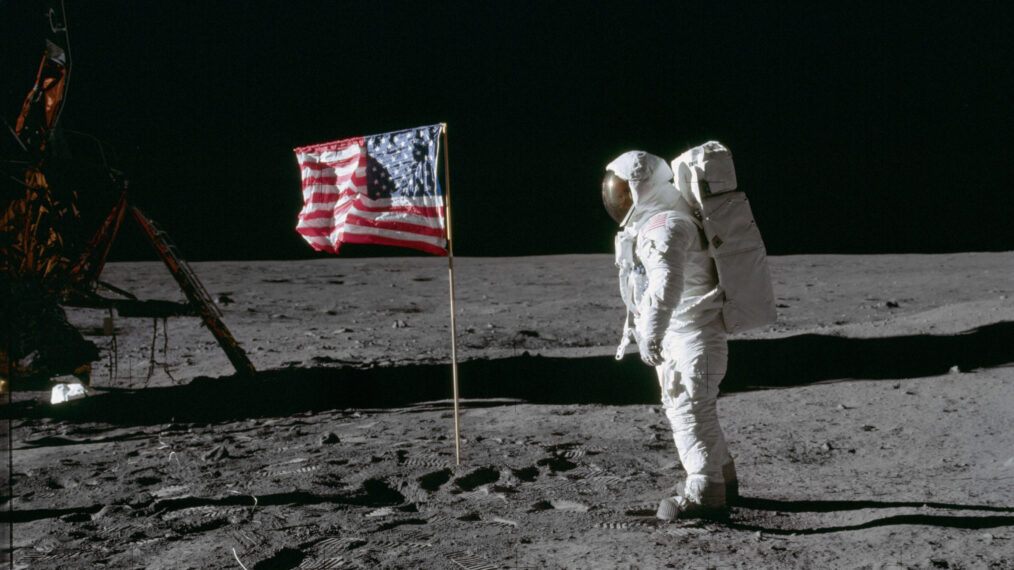
On July 20, 1969, millions of people worldwide gathered around their televisions and watched and listened intently as U.S. astronaut Neil Armstrong slowly climbed down the Apollo 11 ladder. His voice came across somewhat crackly as he calmly and confidently described what was to be man’s first steps on the moon. “I’m going to step off the LEM now,” he told an estimated 530 million people watching. And then infamously proclaimed: “That’s one small step for man, one giant leap for mankind.”
The moon landing was a worldwide triumph, as it celebrated the highest achievements of ingenuity. It was also arguably the biggest television event of the 20th century, if not ever. A reported 93 percent of all U.S. TVs on at that time were tuned in to the broadcast (what the other 7 percent were watching, we don’t even want to know). According to the website TV by the Numbers, it was also the first time Alaska ever received TV coverage of a live news event. Although it was on all the major networks, most people tuned to Walter Cronkite’s broadcast — and since there were no VCRs at the time, you had to watch the event live or you’d miss it.
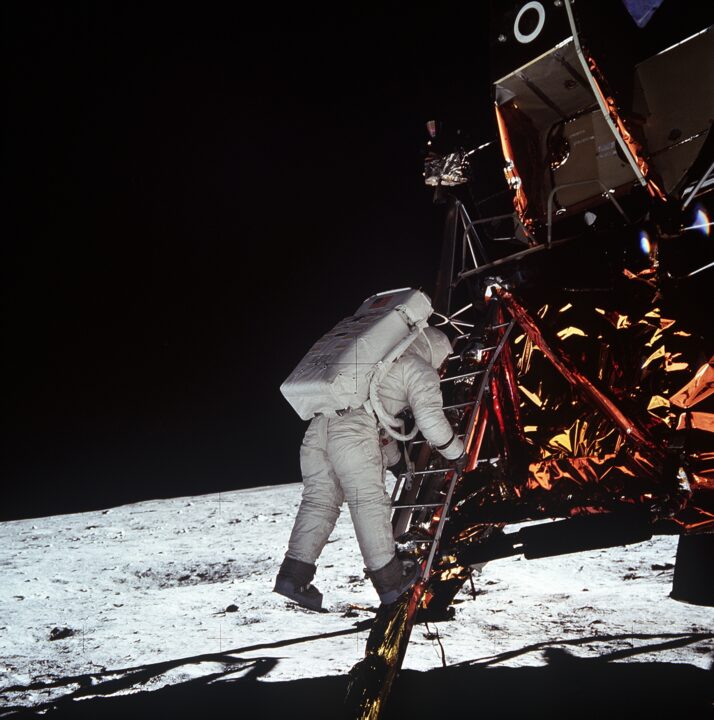
by NASA/Newsmakers
Astronaut Edwin E. Aldrin, Jr., lunar module pilot, descends the steps of the Lunar Module ladder July 20, 1969 as he prepares to walk on the Moon. This photograph was taken by Apollo 11 commander astronaut Neil A. Armstrong with a 70mm lunar surface camera.
It was a pivotal, seared-in-the-brain moment for people who watched the live footage. Like many “I’ll-never-forget-it” events in history, people remember where they were and what they were doing for the joyful moment when the Eagle landed and the American astronauts climbed down the ladder. They planted an American flag on the moon’s surface — and planted dreams in the hearts of many children who decided they wanted to become astronauts someday.
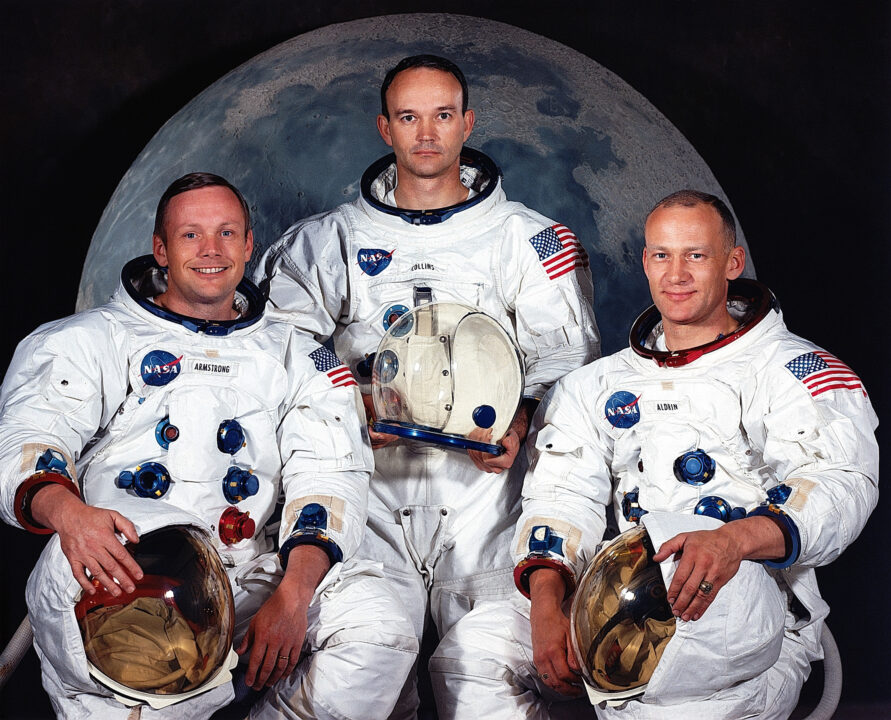
NASA/Newsmakers
Left to right, are Neil A. Armstrong, commander; Michael Collins, command module pilot; and Edwin E. Aldrin Jr., lunar module pilot
Roughly 20 minutes after Armstrong took his first steps, Buzz Aldrin followed while astronaut Michael Collins remained in the command module. In addition to leaving Armstrong’s and Aldrin’s boot-shaped footprints in the gray moon dust, the astronauts left a one-and-a-half-inch silicon disk containing miniaturized goodwill messages from four U.S. presidents and 73 other heads of state. Commemorative materials bearing the names of the three Apollo 1 astronauts who lost their lives in a launchpad fire and two cosmonauts who also died in accidents were left as well.
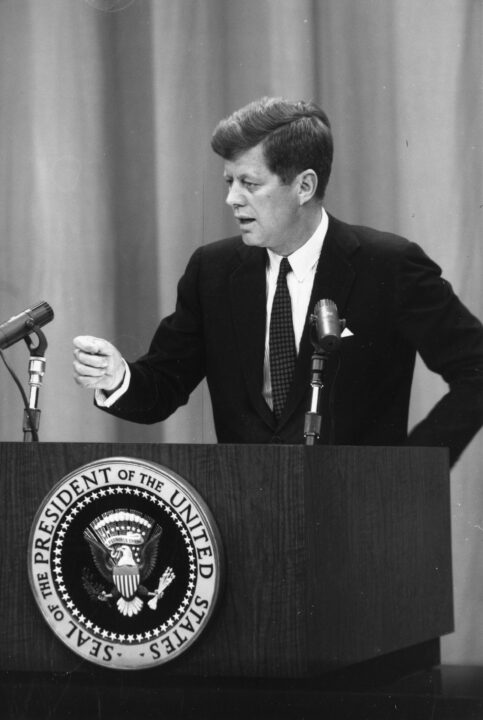
Keystone/Getty Images
Understanding the significance of this monumental event from five decades ago requires recognizing the historical context. This landing came eight years after the late President John F. Kennedy’s enthusiastic pledge for space exploration and his declared goal of putting a man on the moon before the end of the 1960s. The United States was running neck and neck with its Cold War foe, the Soviet Union, in the space race. Both countries had sponsored space missions, but the United States beat the Russians at the ultimate feat of a moon landing.
Moon Landing in Pop Culture
Space fever had been growing during the ’60s, and pop culture reflected it both then and in later years. The beloved classic TV show I Dream of Jeannie starred an astronaut, Maj. Anthony Nelson (Larry Hagman), and his genie, Jeannie (Barbara Eden). The hilarious show ran from 1965 to 1970 and was set at Cape Kennedy (Kennedy Space Center in real life) in Cocoa Beach, Fla. Maj. Nelson represented the handsome, adored astronaut — in many ways, the rock star of the era.
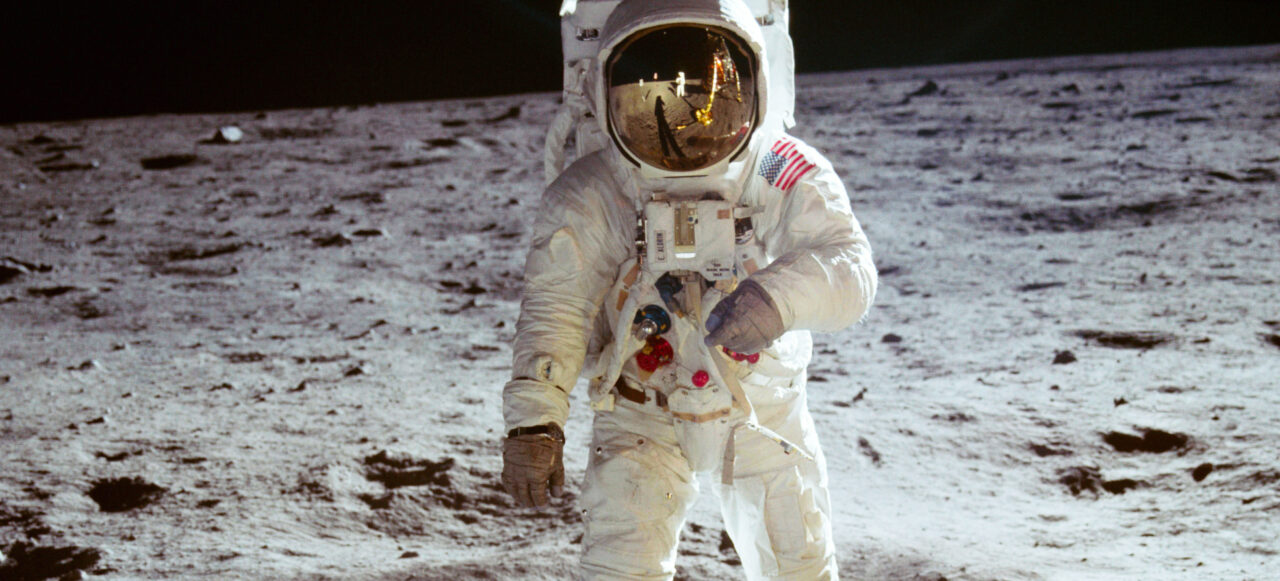
Neon/Courtesy Everett Collection
The Apollo 11 mission eventually became the subject of several shows and conspiracy theories on the big and small screens. The made-for-TV movie Apollo 11 debuted in 1996 on the Family Channel and earned an Emmy nomination. The 2001 film Conspiracy Theory: Did We Land on the Moon? tried to prove the moon landing was all a hoax to prove we won the Space Race, of course this has been debunked. First Man — a big-screen movie shown on both regular and IMAX screens starring Ryan Gosling — came out in October 2018 to rave reviews. And CNN Films released the Apollo 11 documentary, featuring never-before-seen footage from the mission for the mission’s 50th anniversary.
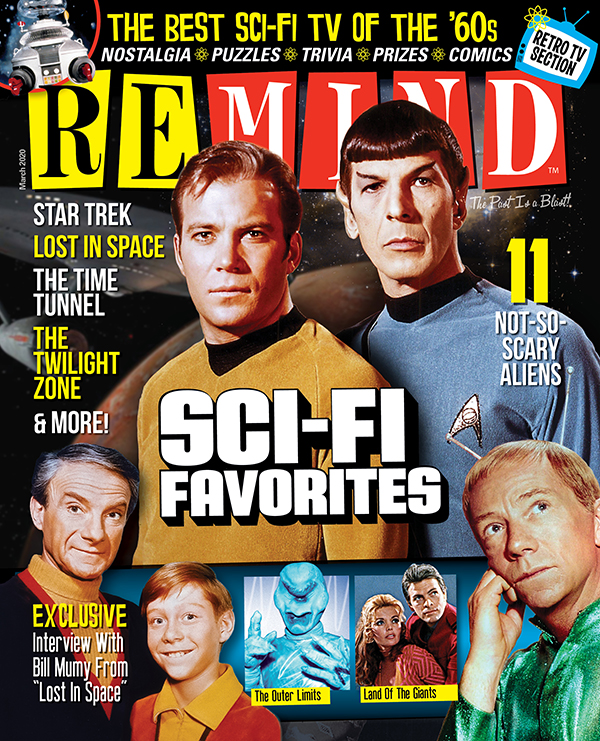
60s Sci-Fi Favorites
March 2020
Do you remember all the great Sci-Fi TV shows of the ’60s?
Buy This Issue